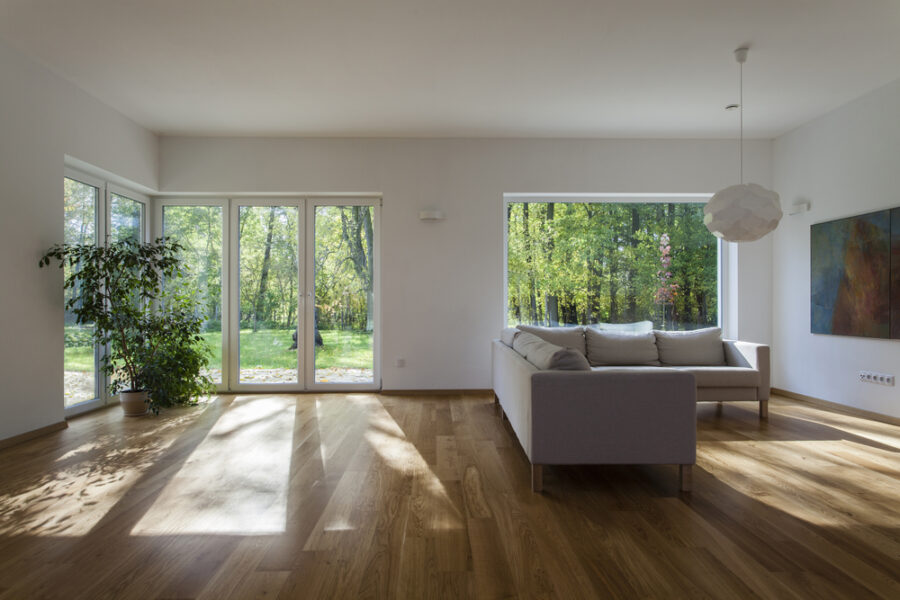Plastics have transformed the modern world, offering diverse solutions for countless applications. As their usage has grown, so too has the variety of plastic sheet types available.
Whether you’re involved in construction, interior design, signage or any number of other industries, understanding the differences between plastic sheets can be vital. This guide will help you navigate the sea of options, comparing the benefits and best uses of each type.
Polycarbonate Sheets
Benefits:
- Durability: Polycarbonate sheets are famed for their incredible strength and impact resistance. They’re virtually unbreakable.
- Light Transmission: Clear polycarbonate sheets offer transparency similar to glass, making them suitable for windows and partitions.
Best Uses:
- Protective screens or barriers
- Skylights or roofing
- Greenhouses
Acrylic (PMMA) Sheets
Benefits:
- Clarity: Acrylic sheets, sometimes known by the brand name “Perspex”, boast excellent optical clarity, surpassing even that of glass.
- Weight: They are lighter than glass, which means easier transportation and installation.
- UV Resistance: Acrylic sheets resist yellowing and weathering when exposed to UV light.
Best Uses:
- Signage
- Display cases
- Picture framing
PVC Sheets
Benefits:
- Chemical Resistance: PVC sheets are resistant to most acids, alkalis, and oils, which makes them suitable for industrial applications.
- Versatility: They’re easy to shape, cut, and weld.
Best Uses:
- Wall cladding in corrosive environments
- Chemical tanks and fume hoods
- Print and signage for short-term outdoor use
Polyethylene (PE) Sheets
Benefits:
- Low Friction: PE sheets are self-lubricating, resulting in reduced wear in moving parts.
- Chemical Resistance: They stand up well to most solvents and chemicals, barring a few like strong oxidising agents.
Best Uses:
- Slides for heavy equipment
- Food processing equipment
- Liners in chutes and hoppers
Polypropylene (PP) Sheets
Benefits:
- Heat Resistance: PP sheets can handle higher temperatures than PE sheets.
- Flexibility: They’re flexible and tough, resisting many forms of physical damage.
Best Uses:
- Laboratory equipment
- Acid and chemical tanks
- Automotive components
PETG Sheets
Benefits:
- Ease of Fabrication: PETG sheets can be thermoformed, die-cut, and bonded easily.
- Impact Resistance: They offer greater impact resistance than acrylic.
Best Uses:
- Point of purchase displays
- Medical device enclosures
- Protective visors
Making the Right Choice
The range of plastics available today is broad and diverse. Every sheet type has a distinct set of benefits tailored to specific applications. For instance, while polycarbonate may be perfect for roofing and protective barriers due to its strength, acrylic might be better suited for displays and signage because of its unbeatable clarity.
Beyond the basic characteristics and applications of each type, there are also variations in terms of finish (matte or gloss), colours, and UV stabilisation. The right choice often depends on a combination of aesthetics, function, and budget.
When it comes to procuring these materials, it’s always best to consult with experts in the field. Simply Plastics, for example, offers a range of plastic sheet types and can provide invaluable insights into what might best suit your project needs.
Conclusion
Understanding the myriad of plastic sheet types can seem overwhelming, but with a little knowledge, you can make informed decisions that will ensure your project’s success.
Whether you’re designing a billboard, crafting a piece of art, or building industrial equipment, there’s a plastic sheet perfectly suited to your needs. As always, keep sustainability in mind and look for opportunities to recycle or repurpose plastic materials whenever possible.

Leave a Reply